Our Physical Therapists will evaluate and treat gross motor coordinative disorders as well as equipment needs of children. We have experience working with a variety of individuals; diagnoses to include autism, spina bifida, cerebral palsy, hemiplegia, traumatic brain injury, developmental delays, and a variety of genetic syndromes. We are able to work with local equipment vendors to secure wheelchairs, bath seats, feeder seats, etc, as well as cast for AFOs.
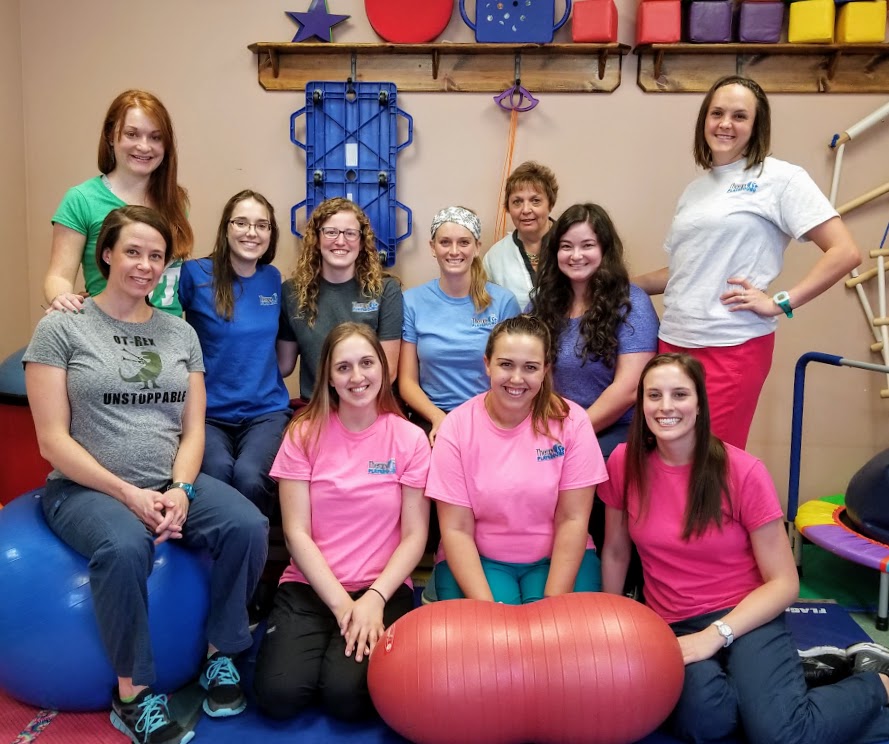
Physical Therapy Basics
Doctors often recommend physical therapy for kids who have been injured or have movement problems from an illness, disease, or disability.
After an injury, physical therapists are often able to relieve pain and help kids resume daily activities. Physical therapists teach kids exercises designed to help them regain strength and range of motion, and also show them how to prevent a recurring injury.
Physical therapy (PT) may be needed any time a child has difficulty moving in such a way that it limits daily activities.
Doctors may recommend PT for kids with:
- sports injuries
- developmental delays
- cerebral palsy
- genetic disorders
- orthopedic disabilities/injuries
- heart and lung conditions
- birth defects (such as spina bifida)
- effects of in-utero drug or alcohol exposure
- acute trauma
- head injury
- limb deficiencies
- muscle diseases
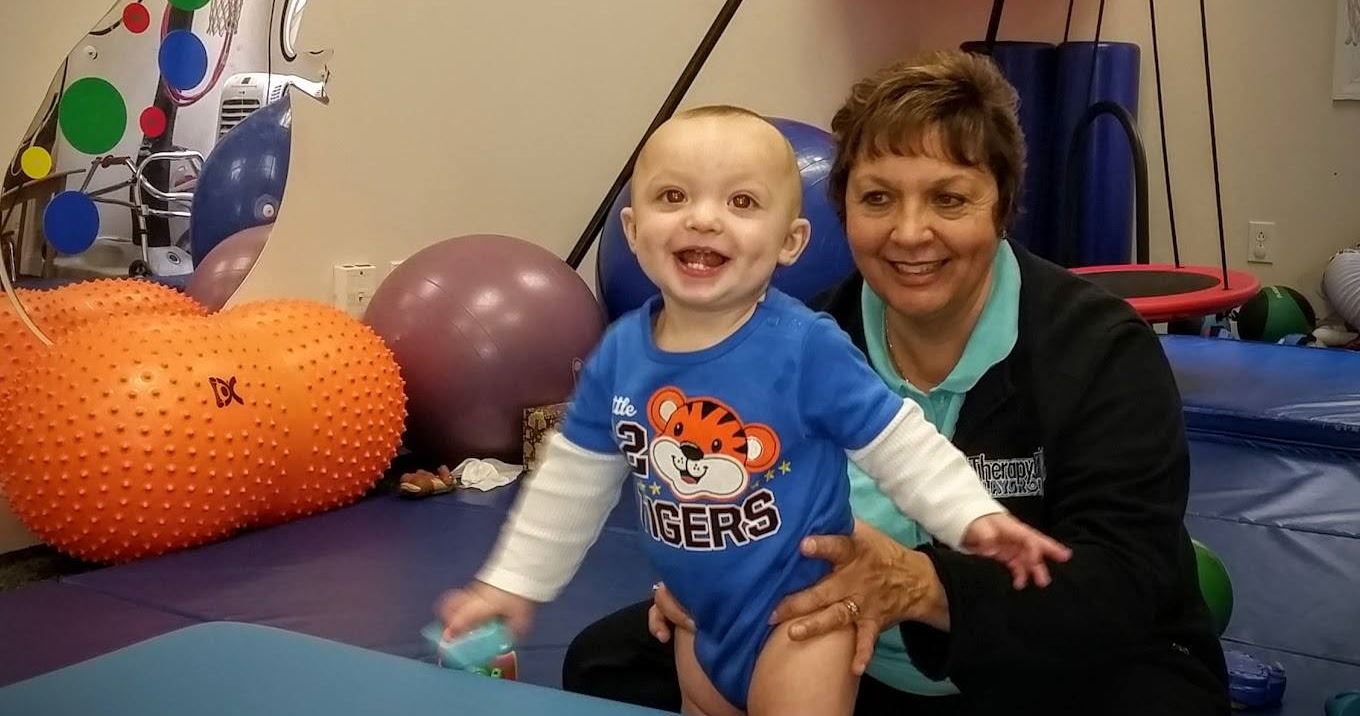
What Physical Therapists Do
Physical therapists use a variety of treatments to help build strength, improve movement, and strengthen skills needed to complete daily activities.
Physical therapists might guide kids through:
- developmental activities such as crawling and walking
- training to build strength around an injury
- flexibility exercises to increase range of motion
- balance and coordination activities
- adaptive play
- aquatic (water) therapy
- safety and prevention programs
- instruction on how to avoid injuries
- improving circulation around injuries by using heat, cold, exercise, electrical stimulation, massage, and ultrasound
During a visit, a physical therapist may:
- measure the child’s flexibility and strength
- analyze the way the child walks and runs (a child’s gait)
- identify potential and existing problems
- consult with other medical, psychiatric, and school personnel about an individual education plan (IEP)
- provide instructions for home exercise programs
- recommend when returning to sports is safe
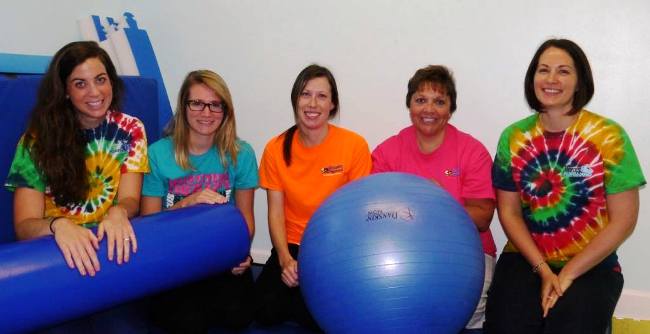
What to Look for in a Physical Therapist
As of 2010, entry-level physical therapists must earn a master’s degree or receive a doctoral degree in physical therapy (a DPT) from an accredited college program. Physical therapists also must pass a state-administered national exam.
States also may impose their own regulations for practicing PT. You can find out more information about any other requirements for local physical therapists by contacting your state’s licensure board.
Finding a Physical Therapist
Physical therapists typically work in hospitals, private practices, fitness centers, and rehabilitation and research facilities. Ask your doctor for recommendations or contact your state’s physical therapy association for names of local licensed physical therapists. Coaches or phys-ed teachers at your child’s school also might be able to recommend a physical therapist.
 |
 |
 |
 |
 |
 |
 |
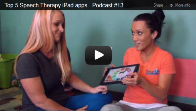 |
 |
 |
 |
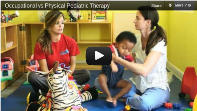 |
